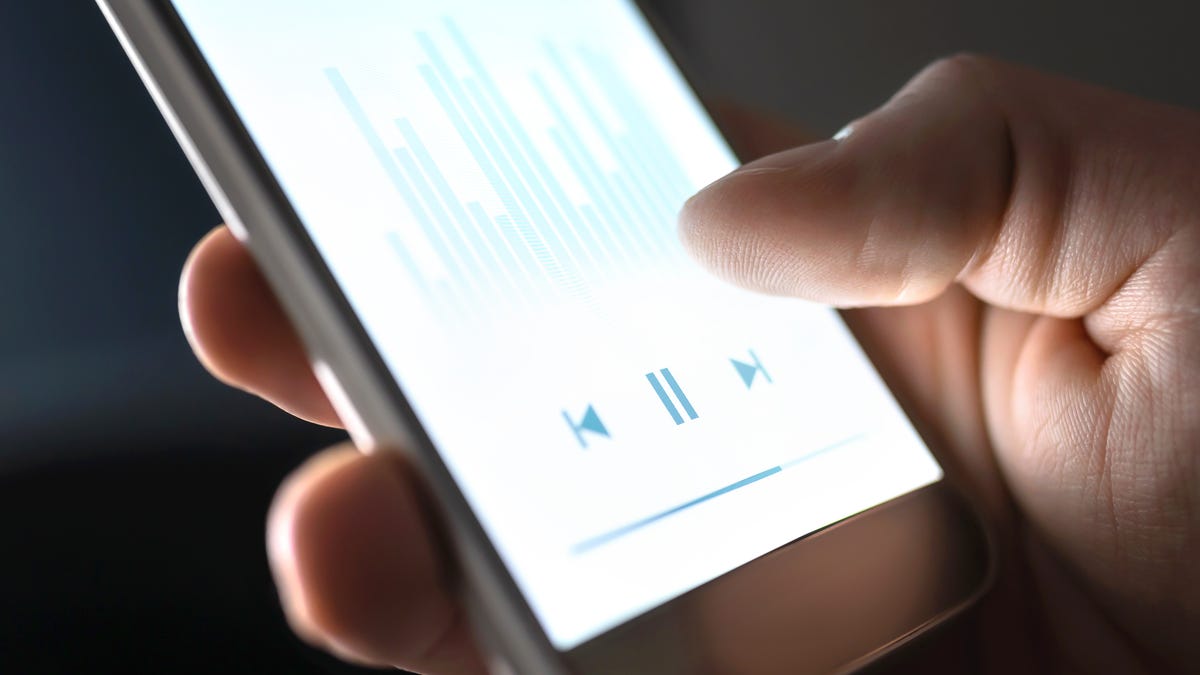Hit play on the player above to hear the podcast and follow along with the transcript below. This transcript was automatically generated, and then edited for clarity in its current form. There may be some differences between the audio and the text.More: Daily news, true crime, and more USA TODAY podcastsHey there, listeners. It’s Brett Molina. Welcome back to Talking Tech. Leaving a music service isn’t exactly a harmonious process. I experienced this firsthand. I think about a year or two ago, I was on Spotify. And I had gotten an offer to try Apple Music for six months. I think it was through Verizon, I got a free six month test drive basically of Apple Music. So I decided, “All right. I’m going to cancel my premium plan. I’ll check out Apple Music for a bit.” And as part of that process, Apple Music was fine, I eventually went back to Spotify. But one of the things I learned as I did that was if, say, you have playlists of a lot of music that you really enjoy, those don’t really carry over when you change subscriptions.I would say it’s probably the biggest pain of trying to switch music services if you decide to do that. I write about this in a story that you can read on tech.usatoday.com. It’s not like albums where you know the album, you love album, and you switch services, the album’s still there. Playlists are personal. You might have themes. They’re different tracks you love and you have them in a certain order. And you have them for whatever reason. Say you have one for working out, one for work, whatever it is, these are very personal things. And so when you switch music services, it’s a lot because some of these playlists can get pretty big. And so that is a lot of music that you give up when you switch over. Unfortunately, a lot of these services don’t offer a native solution to transfer your playlist because, of course, they don’t want you to leave. But there are some third party options that are available.So if you do decide to switch, you can bring your playlists over and the transition isn’t as bad. I’ll go over a couple of them with you right here. There’s one called SongShift. It’s available on iOS. And what you do is you log in with the music service that you’re currently on. You then log on to the service that you want to transfer your music to. And then SongShift will ask you to transfer any songs or playlists from one service to the other. The way that works is interesting. It’ll match everything up. You’ll review all your matches. If there are any songs that look like they’re mismatched, you can remove those, and then you can finish transferring, and then everything’s there. There’s a pro version of this app, too. It’s $5 a month. You can share your playlists with friends and it automatically works no matter what service they’re on.The song matching’s faster. So you don’t have to wait as long if you’re transferring stuff. And then you get notifications when transfers are done. There’s also Tune My Music, works the same way. Again, you’re transferring music. You can keep up to two playlists always synchronized. So say you have a couple services, it’ll auto automatically sync everything. And the free plan will let you convert up to 500 tracks and export your playlist to text files. There’s also a premium version, which automatically syncs, and you get an unlimited number of songs that you can convert. I think for these plans, a lot of these services are set up assuming that you might be on two different services and continuing to use two different services. If you’re pretty sure that you’re ready to move on from one to the other, say you’re deleting your account on one to go to the other fully, I think going free seems like the pretty simple solution here where before you delete that account, you try these services, you log in, you move all your music over.Then when you’re sure all your music’s there, you can delete your account, and then you’re ready to go. But again, it relieves a really big headache when it comes to, say, you want to leave Apple Music or Spotify or Tidal or whatever it is you use, that is one less huge headache that you have to deal with as part of the process. You can read more about this in my story on tech.usatoday.com. Listeners, let’s hear from you. Do you have any comments, questions, or show ideas? Any tech problems you want us to try to address? You can find me on Twitter, @BrettMolina23. Please don’t forget to subscribe and rate us or leave a review on Apple Podcasts, Spotify, Stitcher, anywhere you get your podcasts. You’ve been listening to Talking Tech. We’ll be back tomorrow with another quick hit from the world of tech.

✅ خرید وی پی ان ❇ ip ثایت vPn آی پی اختصاصی ◐
✅ خرید VPN آی پی ثابت ترید بایننس وی پی ان ◐ ip اختصاصی اکانت آی پی ثابت

